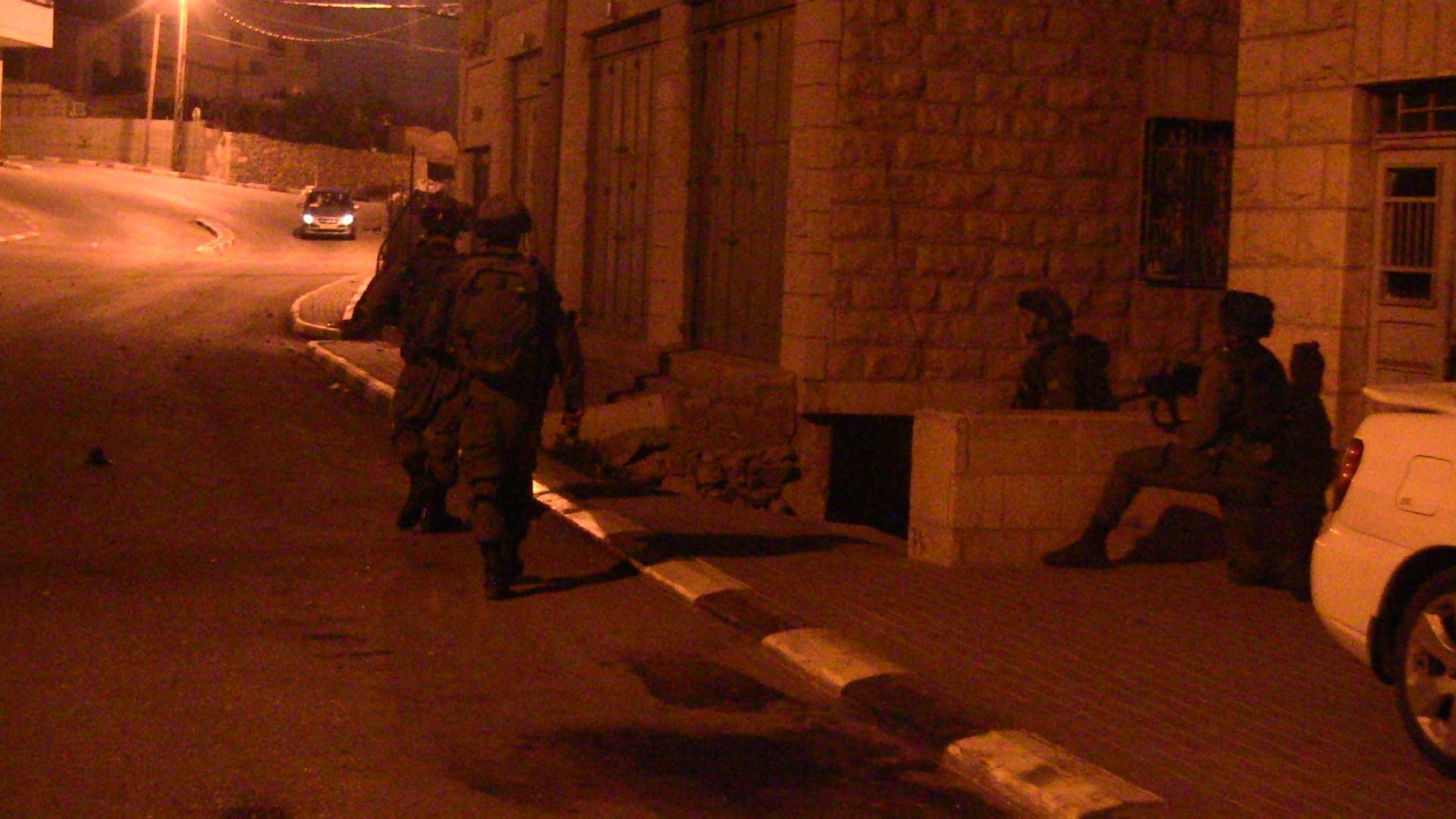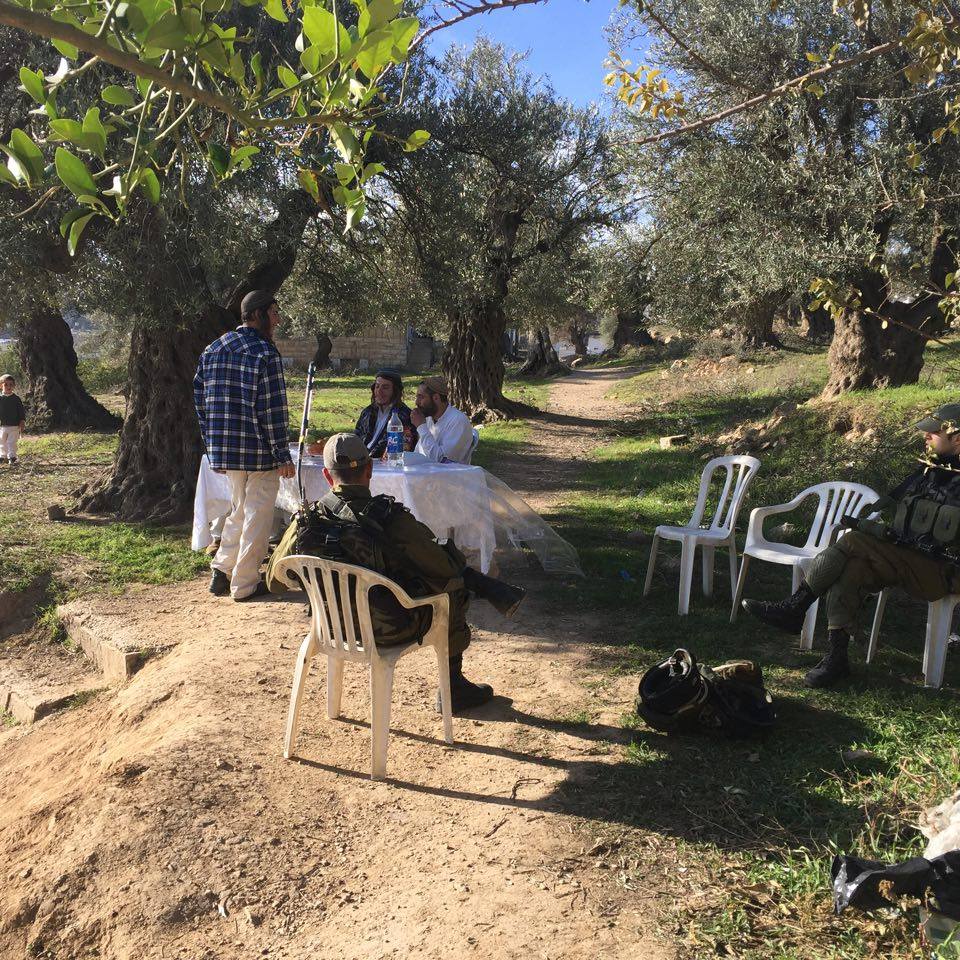Category: Hebron
-
Increasing collective punishment in occupied al-Khalil (Hebron)
3rd of December 2015 | International Solidarity Movement, al-Khalil team | Hebron, occupied Palestine Israeli forces closed the al-Hareka neighbourhood putting up new roadblocks and completely closing off a whole neighbourhood in occupied al-Khalil (Hebron). The neighbourhood’s access to the main street has been blocked off with an iron gate for a long time already. Recently,…
-
“We were walking home and they shot at us”
2nd December 2015 | International Solidarity Movement, al-Khalil team | Hebron, occupied Palestine On the evening of the 1st of December 2015, five Palestinian boys were shot at by Israeli forces with live ammunition on their way home to Tel Rumeida. The five boys – between the ages of sixteen and seventeen years – were on…
-
Arbitrary arrest of local activists as settlers lay siege to soumud house in Hebron
28th November 2015 | International Solidarity Movement, al-Khalil team | Hebron, occupied Palestine Yesterday night, Israeli forces arrested two activists from the local activist group Youth Against Settlement in occupied al-Khalil (Hebron). Illegal settlers, under the protection of the Israeli forces, then layed siege to the YAS center, the Soumud house, trapping everyone inside. Israeli…



